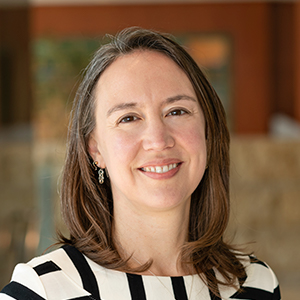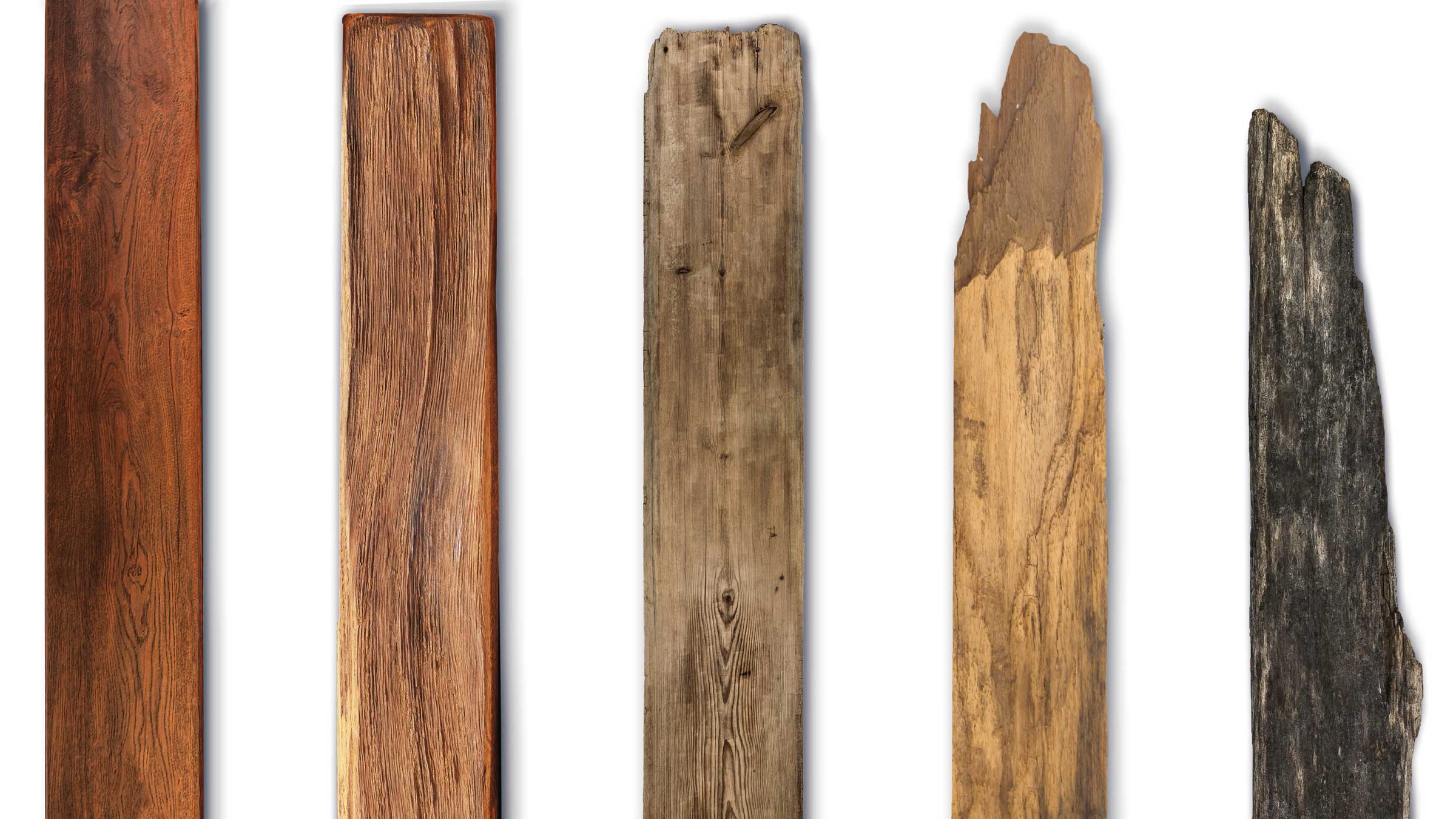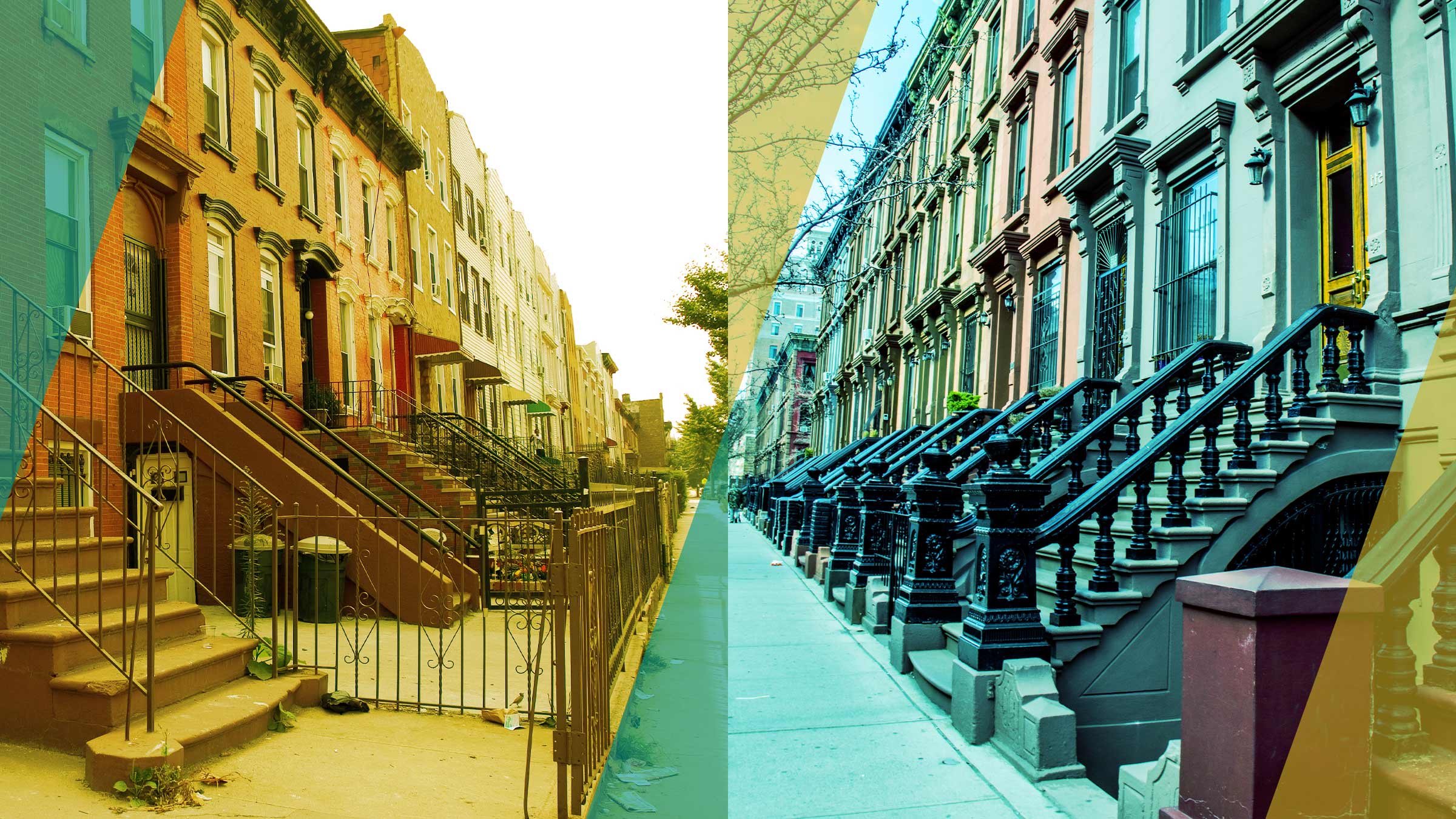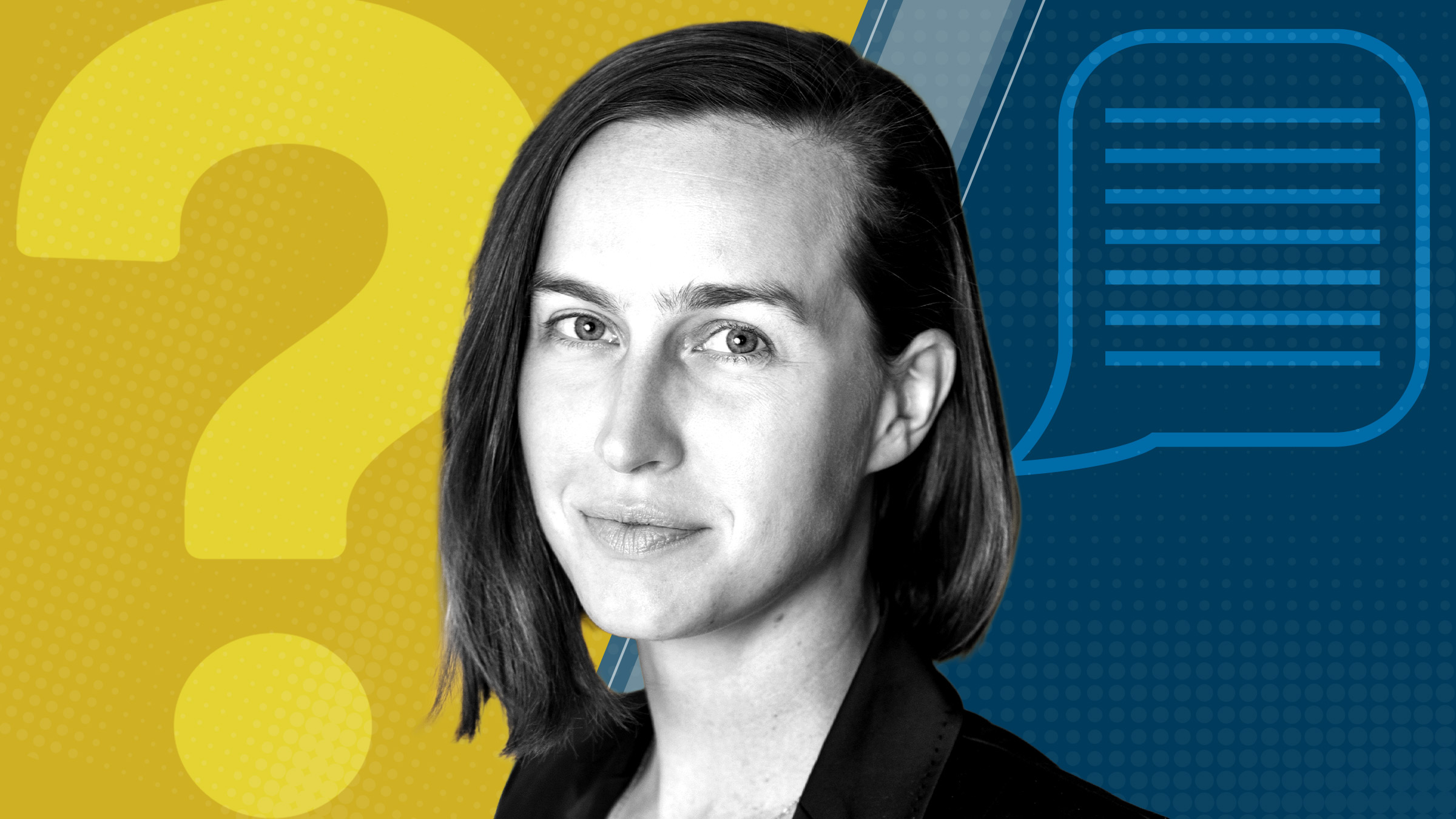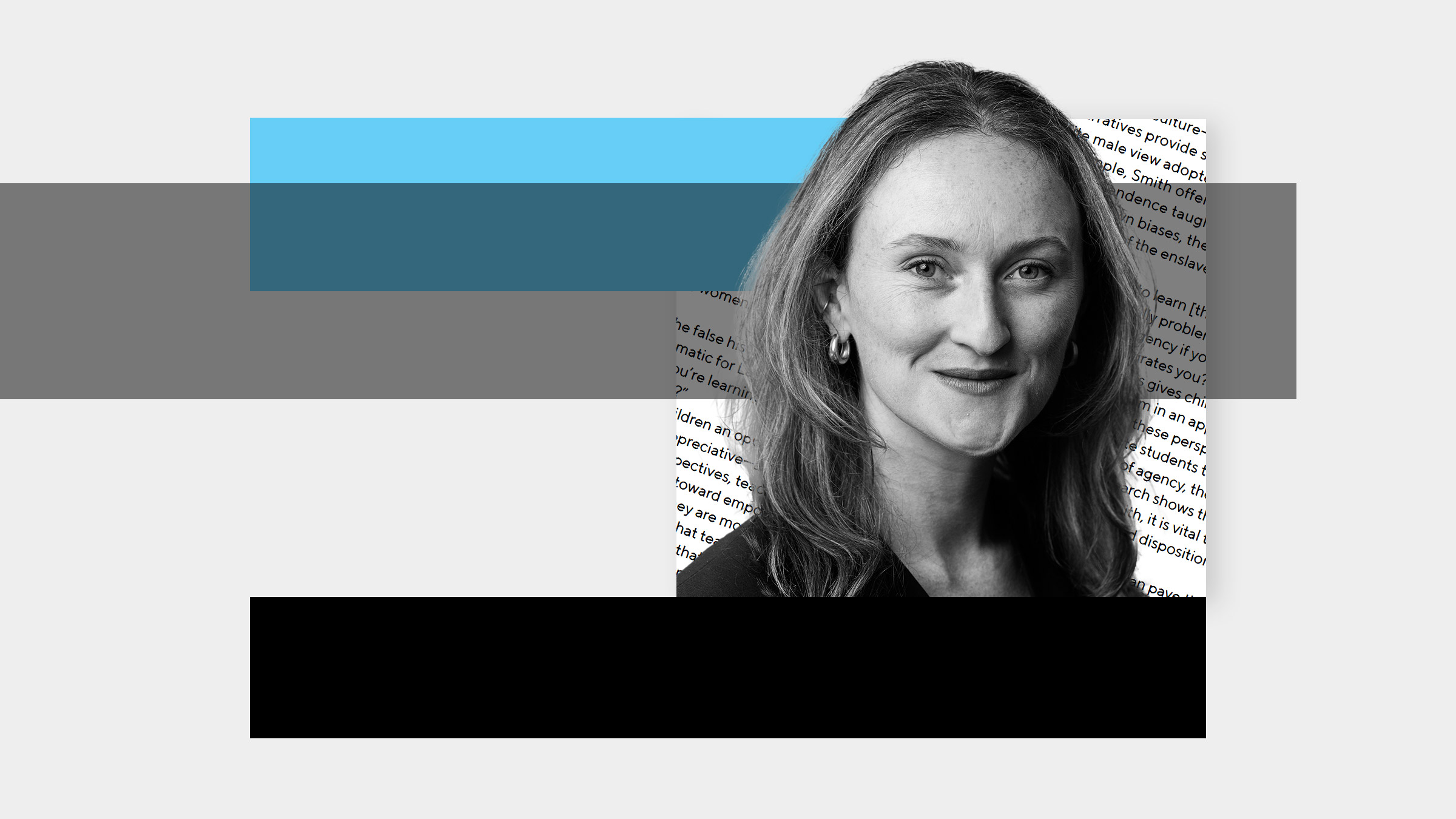As a child, Kathryn Edin recalls riding in the car as her mom drove around their rural Minnesota county, picking up children to bring to Sunday school and youth group. Their church had no money to hire a parish worker, but Edin’s mom did the job anyway, extending assistance and support to kids whose families were experiencing trouble, who were involved in the juvenile justice system, who were in foster care. “This was our social network,” Edin explains.
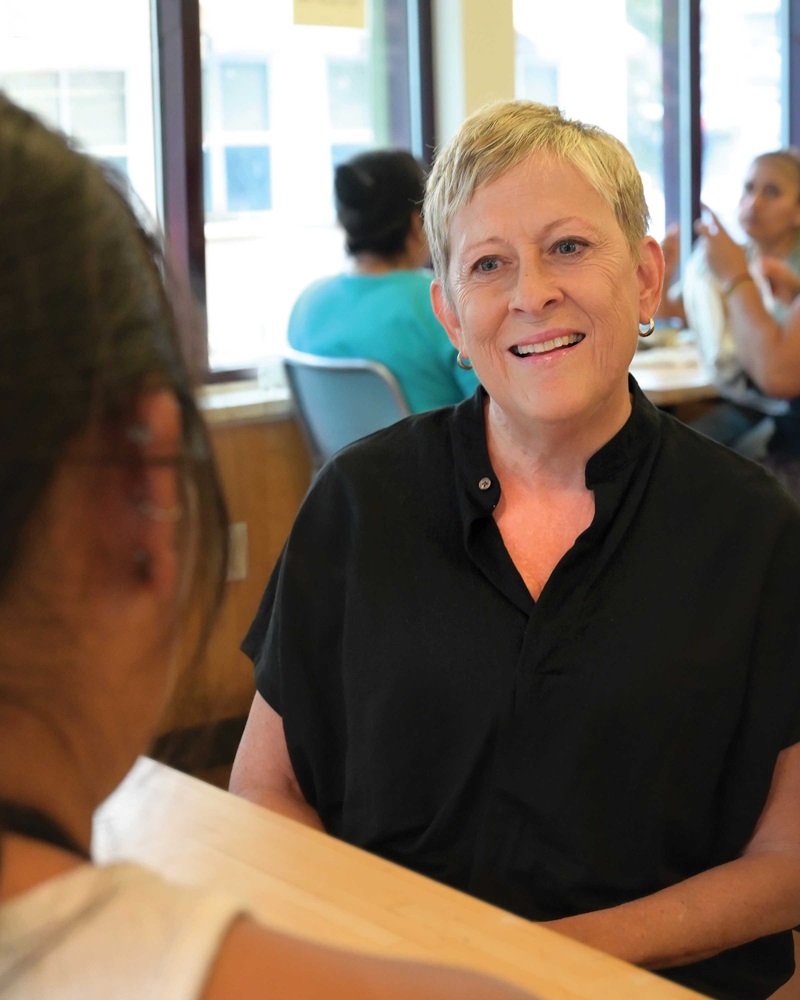
Poverty has always been salient for Edin, a sociology professor at Princeton University and an Institute advisor who has spent her 30-plus-year career as a sociologist chronicling the experiences of America’s poorest people and places. Her research often involves analysis of large datasets of economic variables and health outcomes. But what comes across most powerfully in Edin’s research are the stories she tells about the people she meets.
“I don’t want to write about a place or characterize a place without knowing something about it,” Edin said. “It’s as much the things you notice as the things people say.” Edin integrates these perceptions with large data, historical archives, and immersive interviews to chronicle the lives of Americans and the social forces that shape them.
Listening closely
Throughout your career, you’ve driven to places you’ve never been to and started talking to the people who live there. What do you tell people about what you’re doing? How do you know what questions to ask?
I think friendliness, respectfulness, and curiosity are the keys. Curiosity always. I’ll drive around the county courthouse, find a diner, and sit down. People ask, “Where are you from? I see your license plate, it’s from Tennessee.” I answer, “That’s the airport where I rented this car.” “So what are you doing here?” “Well, I’m writing a book about so-and-so. Could you tell me your story?” And suddenly you’re sitting there two hours later having heard this amazing story of someone’s life.
I recognize that I get to do this in part because I present as a White, blonde, heterosexual, nonthreatening person. It is a privilege to be able to do this kind of thing. Not everybody would be safe doing that.
You are a principal investigator of the American Voices Project, whose mission is “to listen to people from across the country to find out how they’re doing.” What was the motivation for this project, and what are your hopes for what you and others will be able to do with the information that is collected?
In the early to mid-2000s, I think many of us social scientists became worried that we were not really speaking to the series of cascading crises of our times: the rise of populism, the opioid epidemic, the historic decline in fertility, the retreat of working-age males from the formal economy. Social scientists have been late to the table in all of these cases. Our monitoring systems—our surveys and administrative data sources—they weren’t ideal for this purpose. But ethnography really is.
The problem is that ethnography is usually underfunded, if it’s funded at all. Our dream was, What if there was an ethnographic corollary to the General Social Survey or the Panel Study of Income Dynamics that would become a permanent part of the data infrastructure, a way to hear the voices of a representative sample of Americans? This would, hopefully, allow us to be able to detect signs of emerging crises.
So far, the American Voices Project has captured about 2,700 American voices through immersive interviews that last many hours. We also have administrative data consent for about 80 percent of the sample, meaning we can access government data such as labor market participation, earnings, and benefit receipt for the participants, so we can create a panel and follow them into the future.
Has your initial analysis identified any themes or crises that social scientists should be talking about?
It’s still early. But one of the principal investigators, Corey Fields, identified a sharp racial divide in how Black Lives Matter was being interpreted. White Americans were treating the rise in calls to racial justice as an exercise in building their own awareness, whereas Black Americans had the view: Enough already, what are we going to do? There was an impatience with the “awareness” project. In some ways we can all point to ourselves and say, yeah, maybe we were doing more navel-gazing than planning how we could actually address racial injustice in a meaningful way.
A second theme that has emerged is a social withdrawal across a broad swath of Americans. Across any number of American subgroups, the sense of withdrawal from institutions is quite notable in the data. This is different than people feeling “the government doesn’t work for me” or feeling a sense of inter-group competition, what we might call “sour grapes” that other groups are getting ahead. This is much more pervasive in society, and it’s really a self-isolation—people withdrawing from all social institutions.
Family matters
One institution that has seen important shifts over the last 50 or 60 years is the family. For instance, there’s been an increase in the number of children born to parents who are not married, particularly in lower-income communities. For a long time, conventional wisdom said that many fathers are intentionally absent, fleeing as soon as they find out there’s a baby on the way. That’s not what you find, however. How do these men see their role as fathers?
We have a lot of data from both surveys and the extensive ethnographic work we’ve done in multiple cities using very large samples that children have become a key source of meaning and identity for men. Parenthood is part of masculinity in a way that the evidence shows it wasn’t in prior generations. Previously, a lot of fathers saw the mother-father bond as essential and they were connected to their children and their responsibilities as fathers through the mothers. But men, and maybe even especially less-advantaged men, don’t think that way anymore. Many see that father-child bond as the essential bond and the mother-father bond as less important. So fatherhood has become more important to some men just at the time when fewer of them are living stably with their children, which creates real dilemmas.
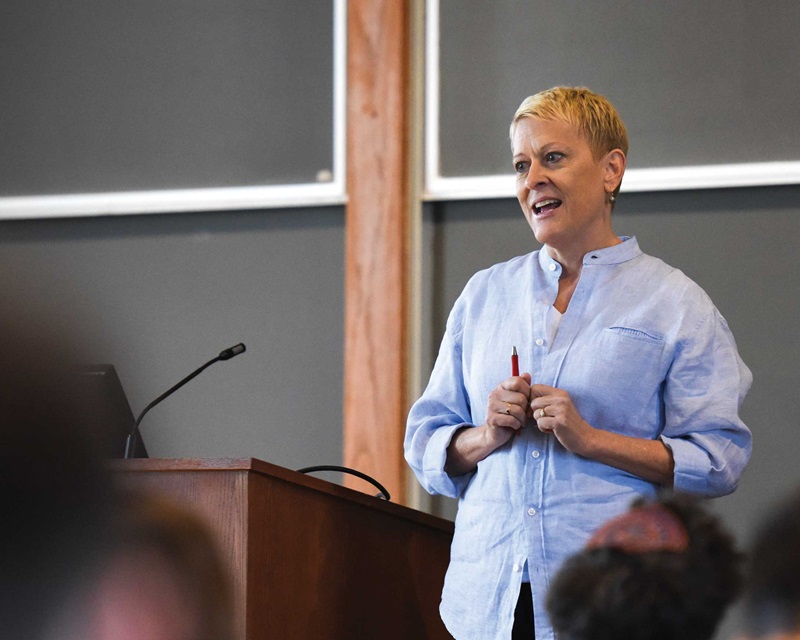
What we saw in our ethnographic work was men who were actively fathering, but they weren’t fathering all of their children. They were investing in children for whom the transaction costs were lower. Having to go through a tough and contentious relationship with the mom to get access to their children raises those costs.
These men are often fathering “social” children as well, the biological children of other fathers who might be incarcerated, or out of contact, or in contact but not living in the house. Our ethnography finds this is a tremendously meaningful relationship both to men and to kids. But, many fathers were simultaneously not involved with some of their biological kids. So it isn’t as if you can divide the fathers into the demons and the angels. People are both.
America’s impoverished places
You’ve written about what life is like for America’s poorest families. In your ninth book, published in August, you turn your attention to America’s poorest places. Why is it important to study impoverished places in addition to the people who live there?
In 1987, the year I started graduate school, the landmark book The Truly Disadvantaged by William Julius Wilson was published. This book was monumental in that it argued something simple that really changed social science research in America—and, eventually, policy. It said, if you were a poor kid, it was worse to grow up in a poor community than a mixed-income community—that where you grew up mattered, that outcomes weren’t only the result of family income.
At the same time, there was a growing body of research into the social determinants of health, which shows how poverty and place get under your skin and manifest themselves in deleterious health outcomes. Together, these ideas were pointing to the fact that to understand any number of economic outcomes, it might well be the case that the place you grew up or the place you were living was as consequential as your genes or the quality of health care you received or even your own behavior.
By the time my co-authors and I started to study place, it wasn’t new, but almost all the research on place was happening at the neighborhood level and not at the community level— that of a city or county. If you study neighborhoods, you never end up studying rural America, which is about 70 to 80 percent of the land mass of the United States. Inadvertently, I returned to my rural roots just by allowing rural America back in to the study of place.
Your first task in this project is to identify where America’s most deeply disadvantaged places are. That means coming up with a concept of an impoverished place that you can measure across the entire United States. How do you measure disadvantage?
When we measure poverty, what we’re really trying to measure is well-being. We wanted to include income because it tracks very closely with all measures of material hardship. For the book, we chose the percentage living below the federal poverty line and the percentage living below half the federal poverty line—the very poor.
But we also wanted to bring in direct measures of well-being. Income measures are cyclical—they rise and fall with the economy. Health measures, in contrast, are cumulative. Just because the unemployment rate goes down doesn’t mean that a lifetime of living under harsh conditions is going to go away. These are the things that get under your skin. So we included the percentage of infants with low birth weight and average life expectancy in each place.
And then there is the structure of opportunity in a place, which we captured with the likelihood that a low-income child in each place will enter the middle class in adulthood.
When you map your index of deep disadvantage for the roughly 3,600 counties and cities in the United States, what patterns do you see? Where are the most disadvantaged areas located?
I have to say, this was a total surprise because we were expecting urban areas to be among the most disadvantaged. Instead, we see four huge concentrations of disadvantage that are largely rural. The largest is the historic Cotton Belt, with 60 of the top 100 most disadvantaged places. These are the very counties that had the highest rate of enslavement in the rural South. That’s followed by the historic Tobacco Belt, which runs through Virginia down into the Carolinas. The third area is central Appalachia, which is western West Virginia and eastern Kentucky. That’s the bituminous coal region, which was especially exploitative. Finally, there’s South Texas, which is home to huge underground aquifers. That plus the mild weather, at least prior to climate change, led to the largest production of irrigated vegetables in the nation.
You describe these places of deepest disadvantage as “America’s internal colonies.” That word choice is powerful, suggesting a system of power and subjugation. When you look at the history of the most deeply disadvantaged places, in what ways do they resemble colonies?
First, the economies are all dominated by a sole commodity, which pushed out any kind of economic diversification. Second, the expectation of the land-owning class was to build great wealth on the backs of subjugated, cheap labor. In contrast, in the upper Midwest, you’ll see many farms, most of them homesteads, most about the same size, with similar-size houses. Farming was hard, but people made a fine living—they got by.
In contrast, in the internal colonies, the vast majority of those doing the labor had very little power. Until the 1960s, in practice most laborers lacked voting rights. The mine owner told you how to vote in Appalachia. In South Texas, there were White primaries and poll taxes that kept Hispanics away from the polls. And of course, these tactics and others were used in the historic Tobacco and Cotton Belts to keep Black Americans from voting. So there was an extreme denial of citizenship in these places.
The result is a very distinctive class structure: a small cadre of the haves, virtually no middle class, and then a large mass of landless laborers who had very few rights and experienced incredibly harsh labor and living conditions.
Was this a matter of more greed in certain times and places? Why did the economies evolve so differently in these internal colonies?
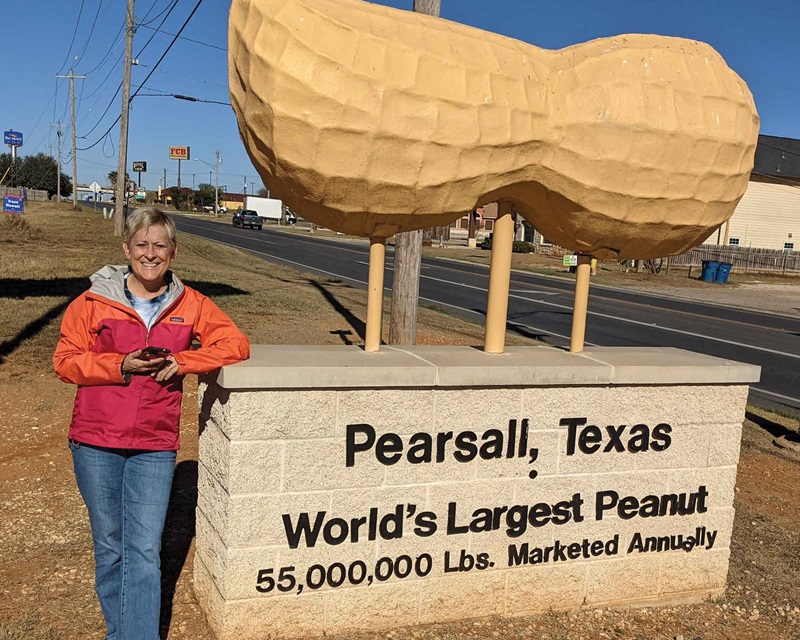
Well, there’s a very different logic between extraction and investment. I grew up in a farming community, and while my family didn’t farm, my grandparents did and most of our neighbors did. You invest in the soil, you rotate your crops, you hope to pass your farm on to future generations. So you invest in and care for your asset. Extraction is different—it’s really about taking the money and running. And if you look at cotton, for example, people were moving westward, literally destroying the soil as they went. This didn’t have to happen. In fact, you can grow cotton just as profitably as a small-scale venture, much like the family farms in the upper Midwest. But it didn’t play out that way.
Even now, we argue, there are new forms of extraction occurring in these areas. In South Texas, for example, fracking is everywhere, and it’s draining the very aquifers that are necessary to sustain agriculture. It is draining the future of the place.
We also make the claim that in central Appalachia, where the opioid crisis has been at its worst, the economy has become captured by a new commodity: the commodity of pain. A whole slew of secondary industries has sprung up, particularly pharmacies and health clinics, which one could argue are extracting the very health of the people. For example, in Manchester, a tiny little town in eastern Kentucky with around 1,500 people, there are 13 pharmacies. Now, why do you need 13 pharmacies? That’s extractive rather than investment logic.
Drug use appears to be both a cause and a consequence of deep disadvantage.
This was a theme that bubbled up inductively from our respondents. We chose to visit Clay County not because it was the epicenter of the opioid epidemic—we didn’t even know that—but because of its place in our index of deep disadvantage. And when we went there, that’s what everyone wanted to talk about. People kept saying over and over that the reason people were dying from overdoses is that, “There’s nothing to do here but drugs.”
At first, our reaction was skeptical—I didn’t believe it could be true. But we took the claim seriously, and it turns out that in these communities of deepest disadvantage, there has been a collapse of social infrastructure. The bowling alley, the beauty salon, the roller rink, the playground—they get plowed under by the powers that be to expand the width of the highway— more and more of the community institutions have faded away, collapsed.
Existing data on the loss of these institutions over time are flawed. But if you measure the loss of these institutions over time—what the sociologist Eric Klinenberg calls “social infrastructure”— that decline is as strong a predictor of deaths due to overdose as other, more obvious factors, such as changes in the unemployment rate.
Helping even one person
How do you stay hopeful when your research confronts some of the worst failings of our country?
In the time that I’ve spent in the rural South among African Americans and Mexican American families, people living in deep disadvantage and poverty, there’s an attitude of gratitude. Students will sometimes say to me, “Well, I learned about Maslow’s hierarchy of needs, and I don’t understand how the people you talk to can have all the feelings you say they have because their basic needs aren’t being met.”
And I say, “Well, I have found people have the same hopes and dreams and aspirations as everybody else.” Here’s a telling story. At the end of my research for $2 a Day: The Art of Living on Virtually Nothing in America, which was a tough, tough book, I went back to each respondent at the end of our interaction and I asked, “What was it like participating in this study?” These are the poorest people in America. And to a person, they said something like this: “If my suffering can help even one person, it will have been worth it.” That holds me accountable.
This article is featured in the Fall 2023 issue of For All, the magazine of the Opportunity & Inclusive Growth Institute
Lisa Camner McKay is a senior writer with the Opportunity & Inclusive Growth Institute at the Minneapolis Fed. In this role, she creates content for diverse audiences in support of the Institute’s policy and research work.

